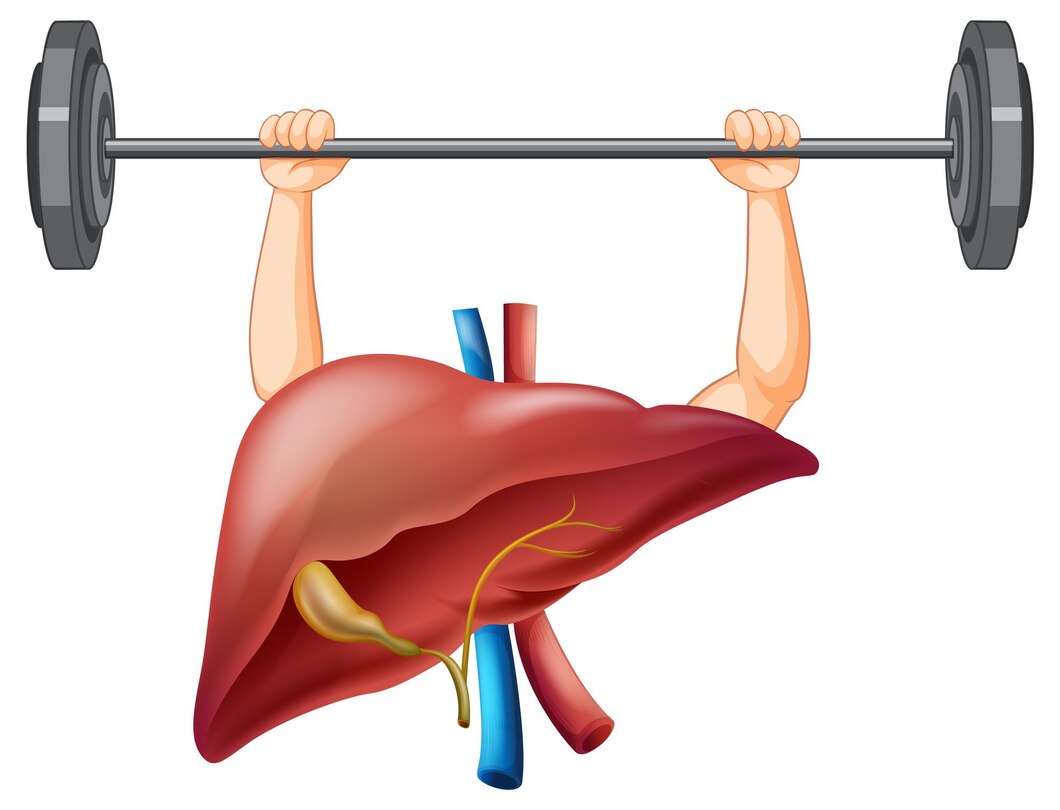
The Role and Benefits of Tauroursodeoxycholic Acid in Enhanced Bodybuilding
Tauroursodeoxycholic Acid, commonly known as TUDCA, is a naturally occurring bile acid found within the human body. It's primarily synthesized in the liver, where it plays a crucial role in managing bile acid levels, preventing a toxic buildup of these acids. For those engaged in enhanced bodybuilding, where the use of certain compounds can stress the liver, TUDCA supplementation emerges as a protective agent.
TUDCA's Mode of Action
Though TUDCA is multifunctional within our body, its liver defense mechanism is straightforward. By expelling toxins from the liver and reducing inflammatory agents, it lays the foundation for liver self-repair and rejuvenation.
TUDCA's Multifaceted Benefits
Beyond safeguarding the liver, TUDCA offers several other advantages:
- Boosting Insulin Sensitivity: TUDCA's ability to heighten insulin sensitivity is invaluable. Insulin, a nutrient-metabolism regulator, when optimally sensitive, can enhance nutrient utilization. This potentially aids in better muscle development, fat accumulation reduction, and an overall health uptick.
- Reduction in Systemic Inflammation & Improved Digestion: A systemic reduction in inflammation and an uptick in digestion are crucial, especially for those in enhanced bodybuilding.
- Medical Utility: Its therapeutic efficacy isn't just limited to bodybuilding. TUDCA is a recognized treatment for liver conditions such as primary biliary cholangitis and primary sclerosing cholangitis. Furthermore, it finds its application in addressing non-alcoholic fatty liver disease and certain neurological disorders.
Potential Side-effects
While TUDCA, when used judiciously, is deemed safe, some users might experience side effects. Some people might encounter minor digestive disturbances like bloating, nausea, or diarrhea. In rarer instances, users reported skin-related reactions, excessive perspiration, or fatigue.
Incorporating TUDCA in Your Regimen
A popular belief within the community (which I share) is that concurrent use of TUDCA during a supplement cycle might diminish the desired results.
The compound might interfere with the absorption of fat-soluble substances and those processed in the liver. This category encompasses many supplements popular among bodybuilders, like oral AAS and SARMs. While no scientific studies validate these claims, anecdotal evidence suggests diminished effectiveness of cycles when TUDCA is incorporated.
Given this, a more judicious approach would be reserving TUDCA usage (about 500mg/day) for intervals between hepatotoxic supplement blasts. This ensures that it doesn’t interfere with the metabolism of the said supplements or post-cycle therapy (PCT) drugs.
For those on hepatotoxic compounds, consider alternatives like N-Acetyl Cysteine or Glutathione.
In essence, while TUDCA's potential is undeniable, its integration requires careful planning to ensure it complements rather than hampers one's bodybuilding journey.



Leave a Comment